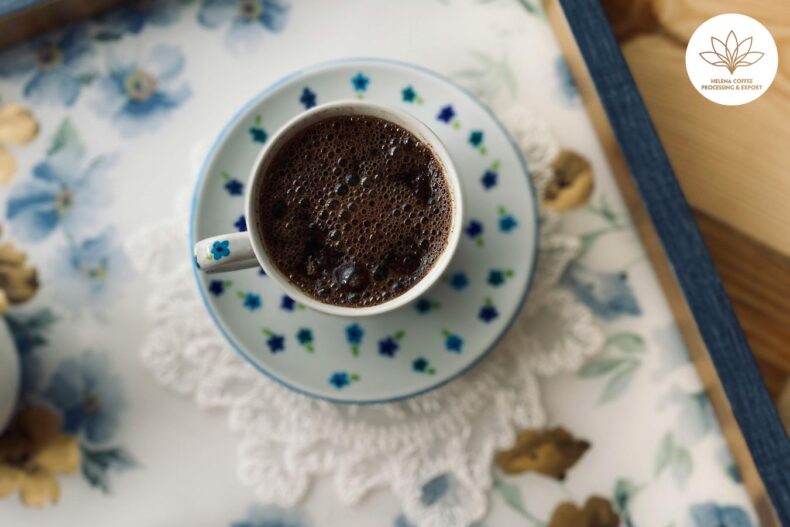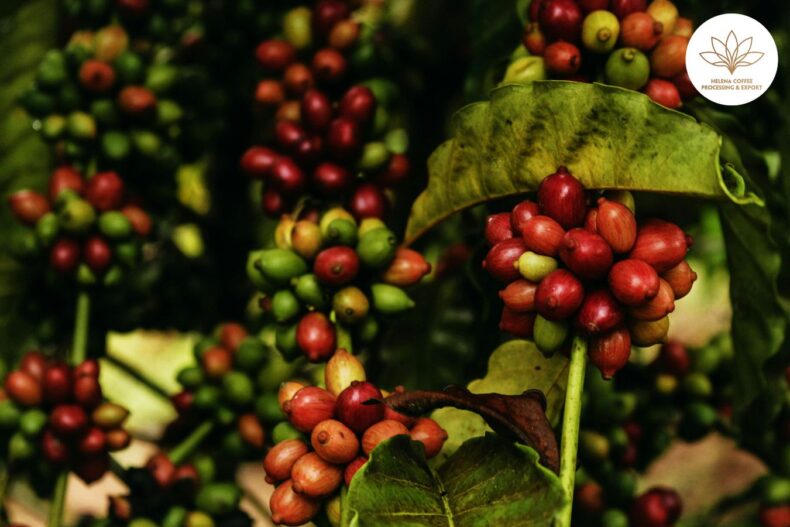
Coffee culture describes a social atmosphere or series of social behaviors associated with (or) heavy reliance on coffee, particularly as a social “lubricant”.
The term Coffee Culture also refers to the prevalence and use of coffee as a stimulant widely consumed by a culture. In the late 20th century, especially in the Western world and in urban centers around the globe, espresso became increasingly dominant. Most modern and even indigenous civilizations have some sort of culture.
The culture surrounding coffee and coffeehouses dates back to 16th-century Turkey. Coffeehouses in Western Europe and the Eastern Mediterranean were not only social hubs but also artistic and intellectual centers. Les Deux Magots in Paris, now a popular tourist attraction, was once associated with the intellectuals Jean-Paul Sartre and Simone de Beauvoir.
In the late 17th and 18th centuries, coffeehouses in London became popular meeting places for artists, writers, and socialites, as well as centers for political and commercial activity. In the 19th century, a special coffee house developed in Vienna, the Viennese coffee house, which then spread throughout Central Europe.
Forms of coffee culture
Indigenous cultures brew coffee for spiritual or medicinal purposes. Coffee beans are roasted over an open fire and consumed in a very simple form, and coffee consumption is reserved for important occasions. On the other hand, culture in the developed world reflects consumerism.
In developed countries like the United States, coffee is consumed by more than 50% of the population each day and the average coffee drinker drinks 2 to 3 large cups of coffee per day, equivalent to 300 up to 400ml of caffeine.
In modern coffee culture, coffee is often drunk in the morning for a caffeine boost at the start of the day. Coffee shops and restaurants are the mainstays of modern coffee culture and major contributors to the economy as a whole. In other countries, such as those in the Middle East or Russia, this is more focused on social situations and is consumed less often.
Reference source:
- https://en.wikipedia.org/wiki/Coffee_culture


